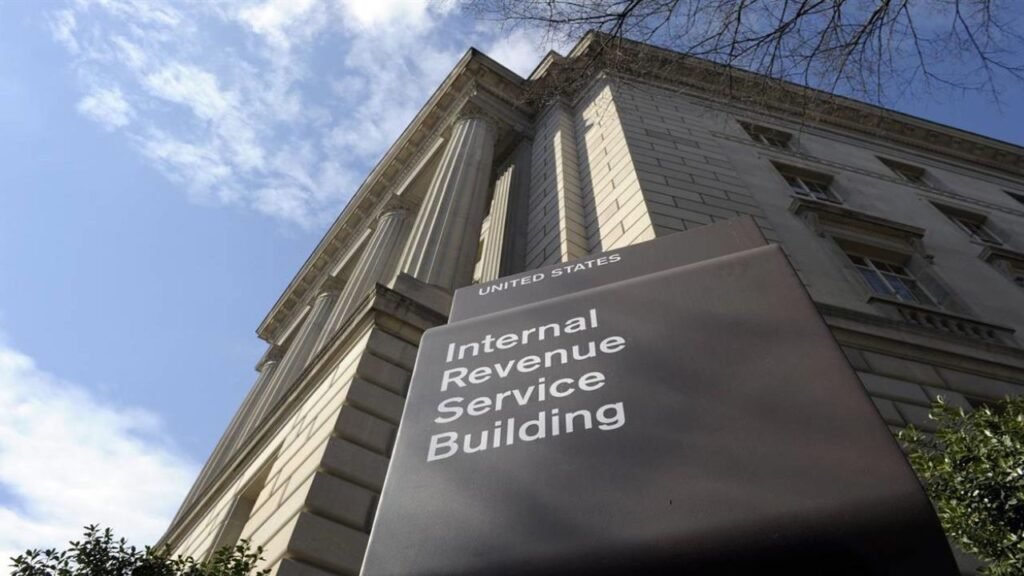Parents could see a higher tax refund next year as the IRS expands the Earned Income Tax Credit (EITC). Eligible families may receive up to $8,231 in 2026, helping ease the pressure of rising living costs and inflation. The update aims to support low and middle-income households struggling with financial burdens.
Table of Contents
How the EITC Increase Will Benefit Families
The Internal Revenue Service has adjusted the Earned Income Tax Credit for inflation. Families with three or more children will now be able to claim up to $8,231, compared to $8,046 in 2025. These small increases can make a real difference, especially for working parents balancing bills, rent, and food expenses.
Updated EITC Amounts for 2026

The following table highlights how the maximum credit will change for tax year 2026 compared with 2025:
| Qualifying Children | Maximum EITC in 2026 | Maximum EITC in 2025 |
|---|---|---|
| None | $664 | $632 |
| One Child | $4,427 | $4,213 |
| Two Children | $7,316 | $7,039 |
| Three or More Children | $8,231 | $8,046 |
Families with more children will benefit the most, but even single-child households will notice an increase in their refund amount.
Expanded Eligibility and Income Limits
The IRS has also raised the income thresholds to ensure more families remain eligible. Married couples filing jointly with three or more children can now earn up to $70,224 and still qualify. Single or head-of-household filers with three or more children can earn up to $62,974. These changes aim to reduce the number of families phased out due to inflation.
Who Can Claim the Credit
To qualify for the Earned Income Tax Credit in 2026, taxpayers must meet the following conditions:
- Have earned income from employment or self-employment
- File under single, head of household, married filing jointly, or qualifying widower status
- Have valid Social Security numbers for themselves and dependents
- Ensure qualifying children meet IRS age, relationship, and residency requirements
- Keep investment income below $12,200 for the tax year
Many eligible families miss out because they do not file a return or assume they do not qualify.
How to Claim and Maximize Your Refund
Taxpayers who meet the eligibility criteria can file Form 1040 or 1040-SR to claim the EITC. Using IRS-approved e-filing software helps prevent errors and delays. Families can also plan ahead by adjusting their tax withholding to ensure they receive the maximum benefit when filing. The refund can be used strategically to pay off debt, build savings, or cover essential expenses.
Other Family Tax Benefits for 2026
In addition to the EITC increase, several other credits will rise in 2026. The Child Tax Credit will increase to $2,200 per qualifying child, while the Adoption Credit will rise to $17,670. The standard deduction and tax brackets will also be adjusted to match inflation, allowing families to keep more of their earnings.
Importance of Filing Early
Filing early helps avoid delays and ensures families receive their refunds on time. It also provides more time to correct errors or provide missing documentation. Early filing can be especially beneficial for households relying on their EITC refund to cover annual expenses or emergencies.
FAQ
- Who qualifies for the Earned Income Tax Credit in 2026?
Working individuals and families with valid Social Security numbers and earned income below the IRS threshold qualify for the EITC. - How much can families receive under the new EITC?
Eligible families with three or more children can receive up to $8,231 in 2026. - Does the EITC apply to single parents?
Yes, single parents filing as head of household can claim the EITC if they meet income and eligibility criteria. - When will the EITC refund be paid?
Refunds are generally issued within three weeks of filing electronically, but those claiming the EITC may experience slight delays due to verification. - Can taxpayers claim both the EITC and the Child Tax Credit?
Yes, eligible taxpayers can claim both credits, which can significantly increase their total refund amount.



